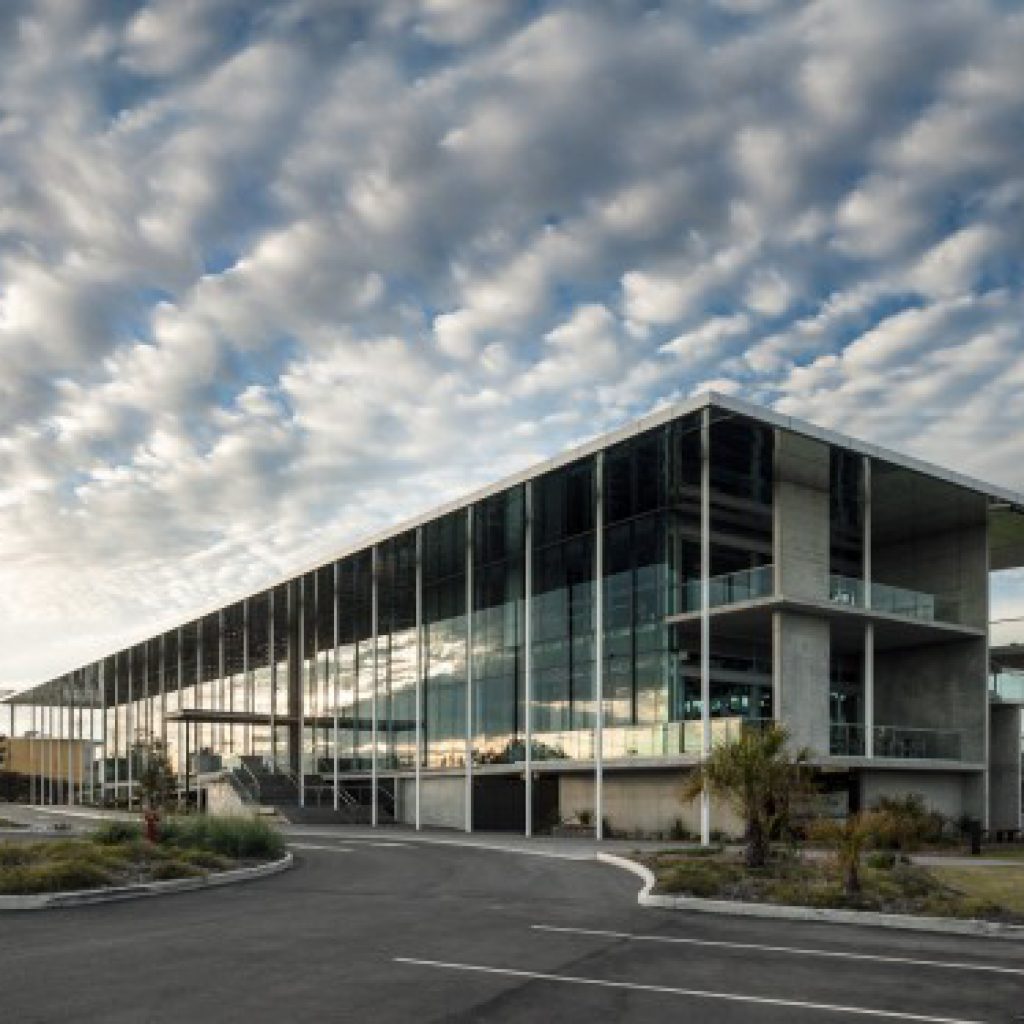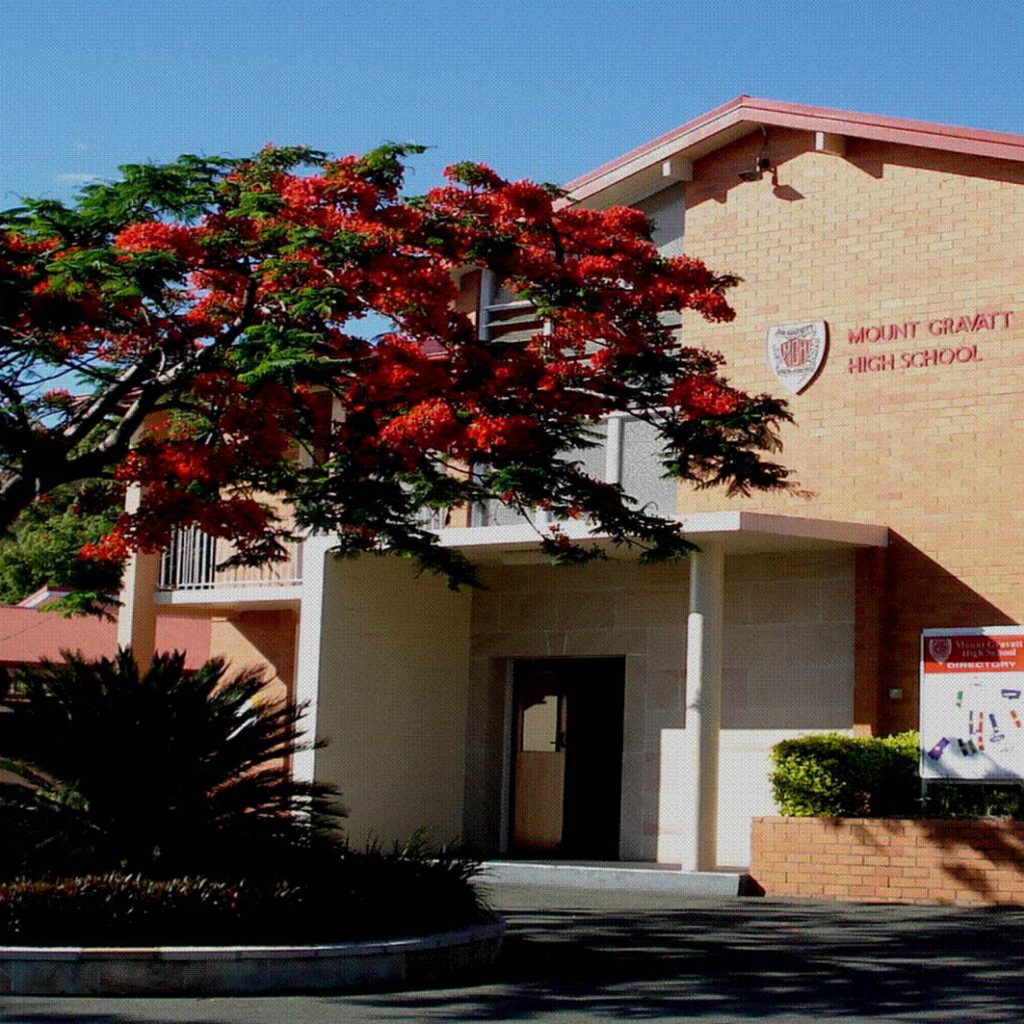Structural Fire Engineering
A key differentiator is our ability to combine structural engineering and fire engineering to provide a unique service offering to our clients.
Through Structural Fire Engineering We Can
Improve Structural Efficiencies
Simplify Structural Design
Accelerate Construction Programs
Facilitate Sustainable Construction Methods
Reduce Building Costs
Improve Constructability
Improve Spatial Requirements
Improve Existing Structures
WHAT IS STRUCTURAL FIRE ENGINEERING?
What a structural fire engineer does:
- Determines details of structural elements, penetrations and assemblies to achieve fire resistances for stability and protection of occupants against exposure. Structural elements include slabs, walls, columns, beams, connections, doors, windows.
- Determine fire resistances required, which can be described in terms of FRL’s or other means.
- Derive FRL’s and smoke wall details in accordance with BCA DTS procedures or performance requirements.
- Rationalise fire resistances required for structural elements.
- Undertake appropriate analysis whether qualitative assessment, heat transfer to and through elements, mechanical degradation, and overall structural response. Appropriate analysis is undertaken at a level of detail justified by the dominance of risks involved and the particular approval process. Fire engineering involves many variables – occupant response, brigade, fire and smoke behaviour, stability, time, etc. Structural fire engineering may be crucial to safety and approval processes or not. A structural fire engineer can advise.
What exactly does a structural fire engineer do? For your next project, whether that be an existing building or a proposed building, hiring a structural fire engineer is a cost effective and vital way to secure the safety of your project. Earlier the involvement of the structural fire engineer in the project, the earlier the designing for adequate fire resistance of the structure, resulting in greater cost savings.
Structural fire engineers frequently collaborate with architects and engineers of the project to ensure that fire safety is integrated into the design. In essence, if an upcoming project were a human person, the architect would be concerned with the body’s shape and look, and the structural fire engineer would be concerned with the bones and sinews, making sure it’s stable from the inside, according to the Institution of Structural Engineers.
This method allows for long-term time and money savings as well as a more creative approach to the design. The addition of a structural fire engineer in the design, will help with the firefighting operations and evacuations when the construction is completed. You might also be thinking about property protection or the longevity of the company’s business. Building codes prioritise life safety, but structural fire engineering will also account for the other aspects as well.
These structural fire evaluations are increasingly being incorporated into the performance solutions of fire safety engineers, resulting in cost savings and creative solutions to challenging issues.
Are there any types of structured fire infrastructures? Yes, there are 5 to be exact.
Type 1: Fire-resistant: Concrete and steel-protected high-rise structures
Type 2: Non-combustible: Newer structures with reinforced masonry or tilt-slab walls and roofing shingles
Type 3: Common: New or ancient structures with non-flammable walls but a wood-framed roof.
Type 4: Older structures that are composed with heavy lumber.
Type 5: Wood-framed: Contemporary structures with flammable roofs and framework.
With the 5 types stated above, type 1 is the best to survive high temperatures without collapsing and are the most fire-resistant buildings. They are made of shielded steel and concrete. Type 5 constructions, on the other hand, are the least fire-resistant since they are built of combustible materials, are light, and burn quickly after starting to burn.
WHY IS STRUCTURAL FIRE ENGINEERING IMPORTANT?
Fire has been a staple to us humans. It gives us warmth when the weather gets chilly, heat to make our meals hot, and light when darkness reigns. Even in the olden ages, fire has always been present in their lives. As time progresses, humans have created machines that would make these necessities easier to use. Technology has swooped in modern society and has undoubtedly made the world an easier place to live in. We have created buildings and infrastructures that is accessible for us to work, shop, and live in.
However, with building scales being continually pushed with the emergence of super tall buildings, vertical cities and other ultra-high-density constructions, fire remains a significant threat to our buildings, places and people. Structural fire engineering can minimise the impact that these fires have on building structures.
WHAT IS A STRUCTURE FIRE?
A structure fire includes any fire that occurs within or on a building or structure. The most common occurrences of structure fires are those that occur within apartments and smaller residences. Depending on the sort of damage and the location of the structure fire, these hazardous fires are handled by various firefighting authorities and have different situations and magnitudes. These firefighting organisations may consist of rescue squads, firefighting teams, and other ancillary departments.
In addition to financial losses, structure fires often result in other losses and damages including that of human life. Building developers have a duty of care to ensure that new buildings are designed to limit fire risk to communities to within acceptable limits.
What causes structure fires? Well, sometimes it’s the inevitable mother nature who gives us a lightning strike when a stormy day occurs. However, humans can have the tendency to be careless, not paying attention to their surroundings — which could allow for small fires to grow.
The National Fire Protection Association (NFPA) conducted study in 2021 on house fires in the United States of America. The NFPA found the leading causes of a house fire were heating equipment, electrical distribution, and cooking.
From Home Structure Fire October 2021, National Fire Protection Association, www.nfpa.org, Accessed on 20/09/2022
A few other things to be cautious of are:
- Appliances, Electronics, and Equipment
Any appliance that produces heat (such as heaters and clothes dryers) or overheats over time (such as fans and desktops) poses a risk of catching fire. Leaving unattended kitchen equipment (microwaves and ovens) is also a common source of fire incidents.
- Uncontrollable Fires that Go Astray
Sometimes it’s impossible to avoid. Fire is notoriously difficult to manage, even when we do everything right, comply with all the guidelines, and use common sense. Of course, neglecting then allowing the fires to start in our properties is one of the most frequent reasons for catastrophe. This is typically not a problem if handled properly, but even a single accidental spark may result in ignition.
- Defective wiring
Another major factor in fires is faulty wiring. There are frequent indicators that a property’s wiring may be problematic. Common warning indications that a facility’s wiring may be defective include blown fuses, blinking lights, lights that fade when you use appliances, and sparks from electrical outlets.
With that being said, when you are currently working/renting within a building, creating a fire can be absolutely dangerous. That’s why it’s important to have structural fire engineering to secure a landscape with proper protocols.
Completed Projects

KDV

Mt Gravatt State High School
OUR PROJECTS
Since being established in 2007 Sotera has achieved positive outcomes on projects that cover numerous issues. We do not limit ourselves to particular industries as we strive to meet our clients’ needs.

